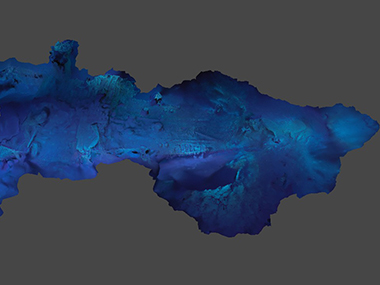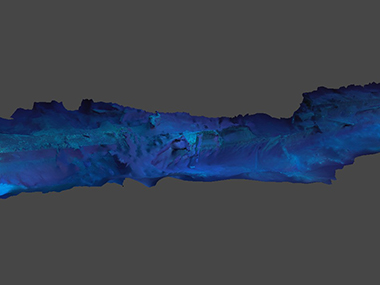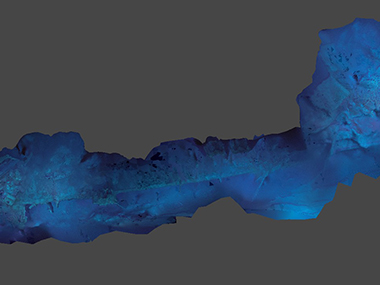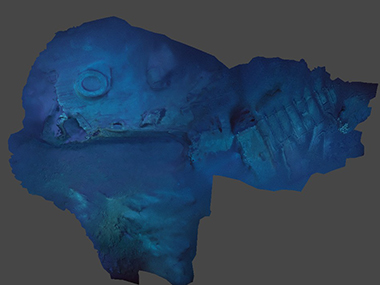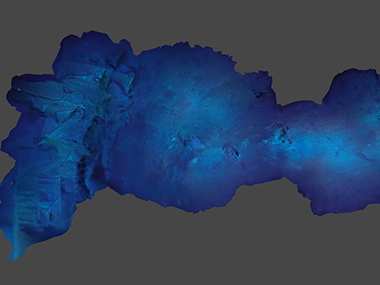Kaga 加賀
Background
Kaga 加賀 was a Japanese aircraft carrier that was in service from 1928 to 1942. It was originally designed as a Tosa-Class battlecruiser, but construction as such was not finished due to the signing of the Washington Naval Treaty in 1922. In 1928, the incomplete hull was repurposed and used to build an aircraft carrier.
Kaga had an overall length of 238.5 meters, a beam of 31.67 meters, a draft of 7.92 meters, a maximum speed of 28 knots, and a range of 12,000 miles at 15 knots. It had a complement of approximately 1,700 personnel and 90 aircraft.
Kaga took part in several operations during World War II, including the attack on Pearl Harbor on December 7, 1942, the Battle of Rabaul on January 20, 1942, and the Battle of Midway from June 4-7, 1942. On the morning of June 4, 1942, 25 Douglas SBD Dauntlesses from the USS Enterprise bombarded Kaga, landing at least four bomb hits. Two bombs struck elevators on the forward and aft sections of the upper hangar; another struck the island and destroyed the bridge. The final bomb struck at amidships and penetrated the flight decks, causing a series of explosions from the 80,000 pounds of munitions. Later that day, the Imperial Japanese Navy's destroyer Hagikaze scuttled Kaga with two torpedoes, sinking the carrier.
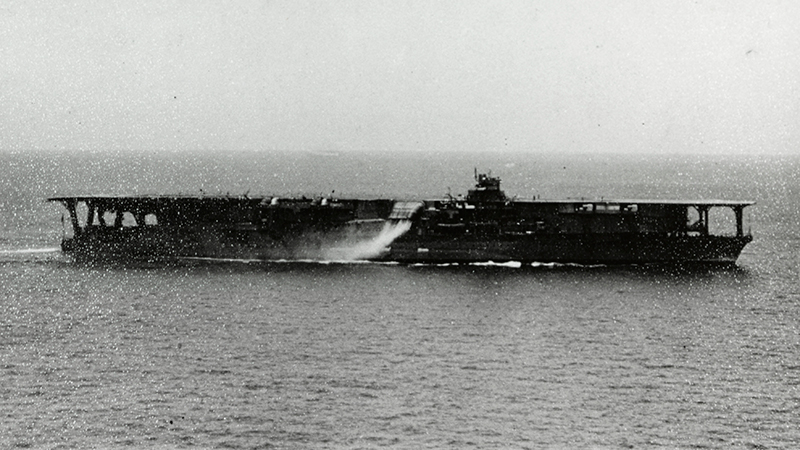
Exploration
In 1999, part of Kaga was located during a mapping survey conducted by Nauticos Corp. and the U.S. Naval Oceanographic Office to search for the aircraft carriers lost at Midway. Twenty years later, the main part of the wreckage was located during a mapping survey of the Battle of Midway site conducted by Vulcan, Inc. in partnership with the U.S. Navy History and Heritage Command. On September 12, 2023, Ocean Exploration Trust and partners surveyed Kaga with remotely operated vehicle (ROV) Atalanta during the Ala ‘Aumoana Kai Uli expedition on Exploration Vessel Nautilus, which was funded by NOAA Ocean Exploration via the NOAA Ocean Exploration Cooperative Institute. At the time, Kaga was intact, but disarticulated, and embedded in seafloor sediment. Extensive damage was noted on the remaining deck levels. Off the starboard side of the wreck site is a debris field with possible remnants of one of the three flight decks.
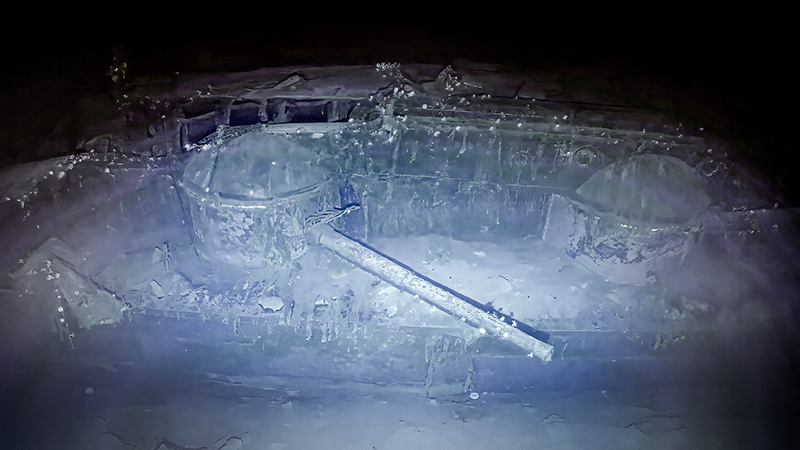
Modeling
Ocean Exploration Trust collected 17 hours of ROV dive footage of Kaga. The footage was exported into 20,946 images using VLC Player and color corrected in Photoshop. Nine individual models were made (port side (3), stern (1), bow (1), starboard side (1), and debris field off the starboard side of the site (3)) and then stitched together in Rhinoceros 8 and uploaded to Construkted Reality.
This model is best viewed on a desktop computer.
Desktop:
- To zoom in and out: Use the scroll wheel on the mouse.
- To move around: Left click on the model with the mouse and drag.
- To rotate: Right click on the model with the mouse and drag.
Mobile Devices:
- To zoom in and out and rotate: Pinch
- To move around: Tap and drag any direction.
Photogrammetry model of Kaga developed by Raymond Phipps, NOAA Ocean Exploration explorer-in-training, May 11, 2024. Model courtesy of NOAA Ocean Exploration/Ocean Exploration Trust, Ala ‘Aumoana Kai Uli expedition.
Published October 17, 2024
